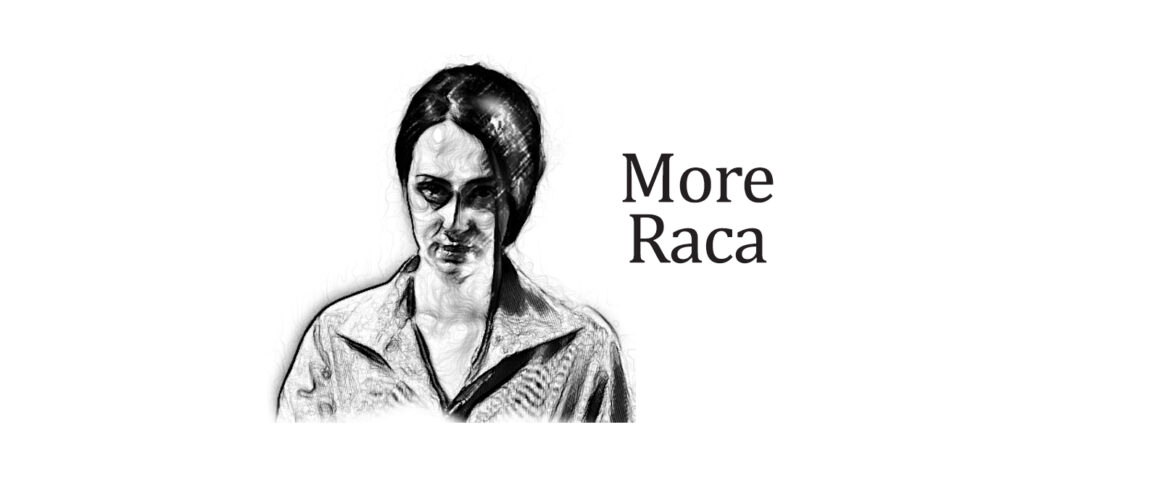“Home” is a powerful watch, both harrowing in places and moving in others. Have you been pleased with its response thus far? | |
The world premiere was in 24 September 2016 in the Raindance Film Festival and this is absolutely a great start. I hope the film will be part of many more international festivals and more people will have the chance to see it. The film is being judged positively by the media, critics and filmmakers. | |
What hopes do you have for the Raindance Film Festival? | |
I hope it will have a higher attention from the media and film critics. The world premiere went excellent, there are more people interested about the film this is very important because it is raising people’s curiosity which could positively affect the attention other festivals as well. | |
Does the film have any other festival screenings coming up? | |
We are currently waiting for answers from several film festivals. We hope we will receive those answers pretty soon. | |
The film is clearly about the position of women and their restricted socio-economic options. Were those your only concerns or were other areas also significant to you? | |
There are a range of unsolved issues that are directly violating gender equality and that preoccupy my as well as everyone else fighting for this cause. My concerns are not only in this area but for sure these are the problems that I am most concerned about. | |
Do you hope to further the cause for Kosovan cinema? | |
Unfortunately, Kosovo doesn’t have the film cultural tradition of other countries. However, the objective of young filmmakers is to establish a new Kosovo cinematographic identity, and so far, we are being quite productive considering the recent successes such as Oscar nomination, Karlovy Vary, Raindance, Berlinale, Venice, and many more. | |
While the film is about women, it does not come across as anti-men, the institution of patriarchy seems more to blame than individual men such as Qazim the brother and the landlord. Do you see the problems facing Hava as socially rooted or related to individuals? | |
In developing countries such as Kosovo, problems are caused due to a poor implementation of law and order. Moreover, the old customs and traditions are still present and they are very masculine and patriarchal. When you combine the lack of implementation with traditional customs, it makes it very difficult for Kosovo to be functional. This must change because Kosovo is aspiring to be a liberal European democracy. | |
Despite the grim subject matter, much of the film is quite beautiful to look at. What can you tell us about the visual design of the film? | |
The house is undoubtedly beautiful and attractive for the audience because, it is a combination of Ottoman Empire, Socialist regime and modern Europe. As a result, having all these cultural and architectural it makes it very attractive for the audience. | |
Are there any inspirational images, films or filmmakers that you drew upon? | |
There are many filmmakers whom I look upon and that inspire my work. They inspire me to make artistic films and further develop my career. They will be constantly inspiration of mine to create and to find myself as an independent author of my works. | |
Were there individual scenes that were particularly memorable for you, either from production or in the finished film? | |
I cannot make a distinction because since the very beginning until the end the film is very emotional, but the last scene or the separation scene seemed more emotional and remains quite in my memory. | |
What’s your view of the central characters? Were character mannerisms in the script or actors’ suggestions, your ideas or a combination? | |
I have had many discussions and meetings with many actors but the ones I chose portray the character’s nature and film. Also, during the film we had a close cooperation, relying on each other and suggesting on different issues. It was all team effort and a close relationship between the crew and cast. | |
As writer-director you’ve guided this project throughout its production. What’s the journey been like from initial idea to completion? How has it been for you? | |
A woman told me her story which is the theme of this film and I was thinking about this since 2013. I wanted to make sure that when I write the script I wanted to be as loyal as I could to her story. Afterwards, I started to look for funds and I received a grant from the Kosovo Cinematographic Center. The next phase was the audition and we started producing the film in March 2016. It was an outstanding experience for me because all staff members were Kosovans and this was indeed one of the most serious themes produced by all domestic artists. | |
Considering your experience, what sort of advice might you give to filmmakers wanting to make something similar to this? | |
My advice would be to work harder and trust on their skills. Believing in your work is one of the best elements in this profession. If you believe in yourself then you can expect others to believe in you. | |
Can you tell us anything about your next project? | |
I am working on a feature film script. I already have my first draft but I still need to improve some details together with the film producer. Once the script is finished, we will start looking for funds. |


